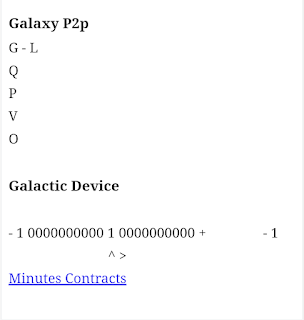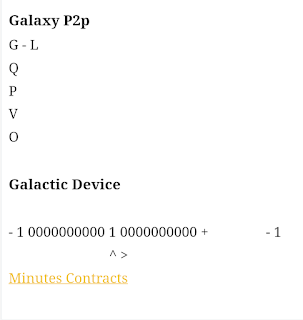Here's a explanation of how a magnet speaker works, including a schematic:
Concept:
A magnet speaker (or dynamic speaker) converts electrical audio signals into sound using the principles of electromagnetism. It consists of several key components:
1. Permanent Magnet: Creates a constant magnetic field.
2. Voice Coil : A coil of wire placed within the magnetic field.
3. Diaphragm (Cone) : A flexible cone attached to the voice coil, which moves to create sound waves.
4. Suspension : A surround and spider hold the diaphragm and voice coil in place while allowing movement.
Schematic:
+-----------+
| | Permanent Magnet
| |
| N S|
| |
+-----------+
|
| Magnetic Field
|
+--------------------+
| |
| Voice Coil | <-- Coil of Wire
| |
+--------------------+
|
| Electrical Signal
|
+---------------------+
| |
| Diaphragm/Cone | <-- Moves to produce sound
| |
+---------------------+
How It Works:
1. Magnetic Field : The permanent magnet creates a stable magnetic field in the region around the voice coil.
2. Voice Coil Interaction : When an electrical audio signal is passed through the voice coil, it generates an alternating magnetic field due to the current.
3. Movement : The interaction between the voice coil’s magnetic field and the permanent magnet’s field creates a force
( force) that causes the voice coil to move back and forth.
4. Sound Production : This movement is transferred to the diaphragm (cone), causing it to vibrate and produce sound waves in the air.
The movement of the diaphragm creates variations in air pressure, which we perceive as sound. The speaker’s ability to convert electrical signals into accurate sound relies on the precise interaction between the voice coil and the magnetic field of the permanent magnet.









0 Comments